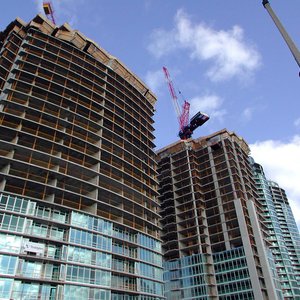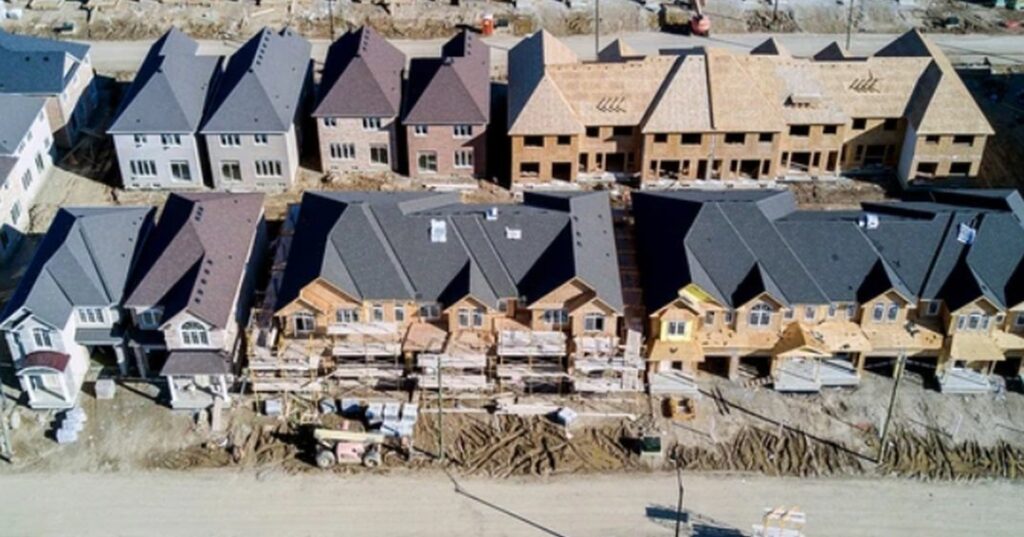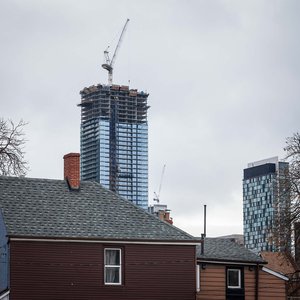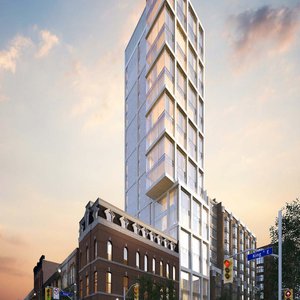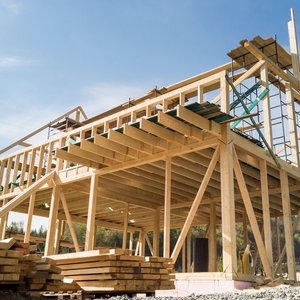A hit in the record price of $1.25 Million for the GTA Condos
A hit in the record price of $1.25 Million for the GTA Condos In the year 2022, the month of March has seen the price of new constructions in the Greater Toronto Area (GTA) reach a new record of $1.25 million. Due to this, sales in the region have witnessed a change in their numbers, from a fast pace to a slightly slower one. The prices of the recently built condos and houses have definitely set a historical record, especially in the month of March. The rise in prices of the new constructions has led to a housing supply crisis in the region of Toronto. The year 2021 also witnessed the price of recently built single-family houses in the Greater Toronto Area hit a new benchmark. According to the details and figures that were given by the Building Industry and Land Development Association (BILD), during the month of March 2022, the sum total of homes that were sold was approximately 4,115 homes. However, there was a 21% decrease as compared to the same month last year- 2021. But in spite of that, the total amount of sales in the month of March was still 12% greater than the area’s 10-year average. The standard price for new constructions of detached or semi-detached townhouses was up to $1.86 million in the month of February 2022. The prices of newly constructed condos have also been rising 13% percent every year up to $1.18 million, as stated by the Building Industry and Land Development Association (BILD). Out of all the housing products, the condo apartments were the products that sold the most between the months of February and March. Approximately 3,277 settlements were made for units in high, medium, and low-rise buildings, including loft suites and stacked townhouses. The sales in condos during the month of March 2022 had significantly decreased to 7% as compared to last year March 2021, however, it was 34% higher than the 10-year average. According to a few of the Building Industry and Land Development Association (BILD) personnel, there is too much demand for housing products, but too little supply. Due to this imbalance in the market, people will continue to witness an upward rise in the prices of housing products. There is a need to fundamentally rebalance the market. Without the rebalancing, the high prices of housing units could have an impact on the economic prospects of the Greater Toronto Area. The high costs could affect the future of the region. It could result in the slow migration of people leaving or moving outside the Greater Toronto Area. The rise in prices could have an effect on attracting people or workers to this area. It could also affect an important industry in the region, which could affect the economy. Could these problems be fixed by creating more supply? The newly built single-family houses excluding the stacked townhouses but including the townhomes, linked, detached, and semi-detached homes- recorded up to 838 units purchased in the month of March. As compared to the same month last year, the single-family units that were purchased dropped down to 50% and were 32% lesser than the 10-year average. The region of York in Toronto recorded the bulk of single-family units that were purchased in March- approximately 254 housing units. A monthly Building Industry and Land Development Association (BILD) report recently mentioned that the sum total of the new housing units sales was not impacted as much and the sales maintained a strong pace. However, there are a few signs indicating a slower pace of sales due to higher rates of interest and high costs, which will begin to affect demand. As stated previously, the price of newly built condos in the Geater Toronto Area reached a historic record of $1,252,515 in the month of March, there was a 17.7% climb over the last year. The single-family housing units witnessed an even greater rate of price growth, which went from 27.3% over the last year to a benchmark of $1,838,396. The demand for housing units kept rising more than the supply in the month of March, leading to the skyrocket in prices as demand kept increasing. As the sales of newly constructed homes and units slowed down or shifted to a slower pace as compared to March of the previous year, the demand for these newly built houses kept outpacing the supply, which left the region with a problem called as ‘inventory shortfall’. As mentioned by the CEO and President of The Building Industry and Land Development Association (BILD), the main focus now would be to keep an eye on the future and the long-term solution for constructing new houses and units. A rebalance of the market is essential. Related posts. A hit in the record price of $1.25 Million for the GTA Condos by admin123 Toronto’s Next Big Development Project: The Humber Bay- Lake Shore Site by admin123 Home Costs in Canada Reach a New Record: Current Scenario and Predictions. by admin123 10 million homes required in Ontario in next 10 years by admin123 A new record in Q1 as the Pre Construction condo sales increase by admin123 Construction worker’s strike affects high rise in GTA by admin123
A hit in the record price of $1.25 Million for the GTA Condos Read More »

